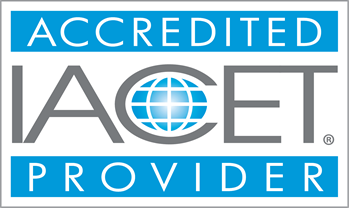Free Course
30-Hour OSHA General Industry Safety and Health
Course Modules - (19)
PDH Safety offers an OSHA 30-Hour General Industry Safety and Health training program that may empower you and your team. With the help of this extensive curriculum, you can:
Recognize and avoid typical risks: Recognize electrical problems, slips, falls, and other hazards at work.
Recognize the rules set forth by OSHA: Learn the fundamentals of OSHA regulations to guarantee a secure and law-abiding workplace.
Encourage people to be conscious of safety: Gain the ability to explain safety procedures to coworkers in an effective manner.
Invest in future safety. Supervisors and safety experts who want to upgrade their safety knowledge in broad industry can join this course. Enroll at PDH Safety right now!
Learning Outcomes:
- Understand safety protocols in the workplace.
- Recognize potential hazards and mitigate risks.
Completion Requirements:
- 100% appearance for the course
- Fully involvement in all class trainings (determined by instructor)
- Completion of Continuing Education and Training Registration Form
- Completion of mandatory quiz assessments
- As applicable, attainment of least passing score on required end-of-course examination
- Participation and submittal of end-of-course assessment form (must provide name on form to obtain credit)


